
-
Find the right food for your petTake this quiz to see which food may be the best for your furry friend.Find the right food for your petTake this quiz to see which food may be the best for your furry friend.Featured products
 Adult Healthy Cuisine Roasted Chicken, Carrots & Spinach Stew Dog Food
Adult Healthy Cuisine Roasted Chicken, Carrots & Spinach Stew Dog FoodDelicious roasted chicken paired with tender vegetables in a succulent stew
Shop Now Adult 7+ Perfect Digestion Chicken, Whole Oats & Brown Rice Recipe Dog Food
Adult 7+ Perfect Digestion Chicken, Whole Oats & Brown Rice Recipe Dog FoodScience Diet's breakthrough nutrition supports ultimate digestive well-being & healthy microbiome for dogs age 7+
Shop Now Small & Mini Savory Stew with Chicken & Vegetables Dog Food
Small & Mini Savory Stew with Chicken & Vegetables Dog FoodA delicious complement to the nutrition of Science Diet Small & Mini 7+ dog food
Shop NowFeatured products Hill's Science Diet Adult Perfect Weight Canned Cat Food Variety Pack, Vegetable & Chicken and Liver & Chicken
Hill's Science Diet Adult Perfect Weight Canned Cat Food Variety Pack, Vegetable & Chicken and Liver & ChickenFeline Adult Perfect Weight Variety Pack
Shop Now Adult 7+ Tender Tuna Dinner Cat Food
Adult 7+ Tender Tuna Dinner Cat FoodWith delicious chunks in a decadent gravy
Shop Now Adult Savory Entrée Can Variety Pack Cat Food
Adult Savory Entrée Can Variety Pack Cat FoodPrecisely balanced nutrition with the delicious taste of savory minced chicken to help fuel the energy needs of cats during the prime of their life
Shop Now -
Dog
- Dog Tips & Articles
-
Health Category
- Weight
- Food & Environmental Sensitivities
- Urinary
- Digestive
- Joint
- Kidney
-
Life Stage
- Puppy Nutrition
- Adult Nutrition
- Senior Nutrition
Cat- Cat Tips & Articles
-
Health Category
- Weight
- Skin & Food Sensitivities
- Urinary
- Digestive
- Kidney
-
Life Stage
- Kitten Nutrition
- Adult Nutrition
Featured articles Does My Pet Hate Me?
Does My Pet Hate Me?Learn tips for bonding with your pet if you've ever thought, 'My dog doesn't like me, or 'Why do I have a standoffish cat?'
Read More Why Are Dogs and Cats So Cute?
Why Are Dogs and Cats So Cute?If waggy puppy dog tails and furry kitten yawns make you swoon, you're not alone. Why are cats so cute? And, dogs too! Let's find out!
Read More Do Dogs and Cats have Belly Buttons?
Do Dogs and Cats have Belly Buttons?Learn whether cats & dogs have belly buttons like humans, what the function is, and if there are any health concerns associated with it.
Read More -


While rubbing your furry friend's belly, you may wonder if your dog or cat has a belly button. The fact is yes, they do! But, their's isn't as prominent as those on humans. Almost all mammals have a belly button. Let's take a look at what it looks like, where it's located and more.
Location and Appearance
With few exceptions, mammals like cats, dogs and humans have belly buttons located on their abdomen, but birds do not. On cats and dogs, it's near the base of their rib cage, not low on their abdomen as you might expect. A belly button is actually a scar left behind after the umbilical cord is detached and then clamped. On animals, it's a small, flat scar, nowhere as prominent as most human belly buttons, which is why it's difficult to find it under all their fur on their stomach. You may feel it while giving your dog a belly rub, and if you gently part the fur on their underside, you should be able to spot your pet's navel.
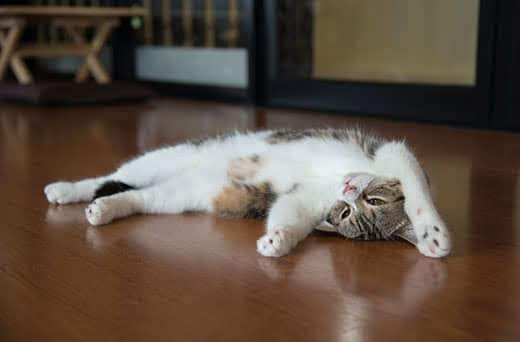
The shape and size of a human belly button is determined by how the umbilical cord is cut and clamped, explains Healthline, and also the way the surrounding tissue heals, and the same goes for other mammals. On some cats and dogs, there may be a swirl of fur around their belly button or even a small navel bump, but their belly buttons do not resemble those on humans.
Function and Removal
In mammals, the umbilical cord connects the baby's abdomen to the mother's placenta (an organ that develops in the womb during pregnancy), transferring nutrients and oxygen to the baby as it grows. Once the baby is born, the umbilical cord is no longer necessary.
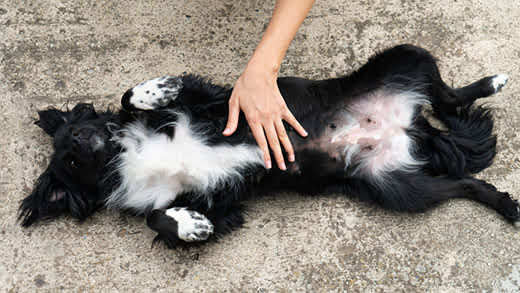
Human umbilical cords are removed with a surgical tool, but other pet parents must gently chew off the umbilical cord. If you are present during a birth and a mama dog is having trouble removing the cord, she'll need a human to step in and help, says the American Kennel Club and the same is true for cats. If you aren't sure how to help, always speak with your veterinarian to ensure the safety and health of your pet.


Tasty Tips
Young pets may need several visits in their first year for vaccinations. Adult pets generally benefit from annual check-ups, while senior or special-needs pets might require more frequent visits.
Belly Button Health Concerns
Although they rarely cause issues in an animal's day-to-day life, belly buttons can develop umbilical hernias, the most common type of hernia for dogs and cats. This type of hernia is usually identified in puppies and kittens. An umbilical hernia presents as a soft bump under your pet's navel. Some umbilical hernias can heal on their own, notes the Pet Health Network, but it's best to have your vet take a look to ensure that the hernia doesn't grow larger or pose a health problem.
Belly buttons are a quirky physical feature that you may think about only when petting a cat, dog or other furry friends, but now you know that pets do indeed have belly buttons.


Christine O'Brien is a writer, mom, and long-time cat parent whose two Russian Blues rule the house. Her work also appears in Care.com, What to Expect, and Fit Pregnancy, where she writes about pets, pregnancy, and family life. Find and follow her on Instagram and Twitter @brovelliobrien.
Related products

Supports energy level and beautiful fur in mature cats

Improves Everyday Ability to Get Up & Go

Precisely balanced nutrition with the delicious taste of savory minced chicken to help fuel the energy needs of cats during the prime of their life

With delicious chunks in a decadent gravy
Related articles

Learn tips for bonding with your pet if you've ever thought, 'My dog doesn't like me, or 'Why do I have a standoffish cat?'
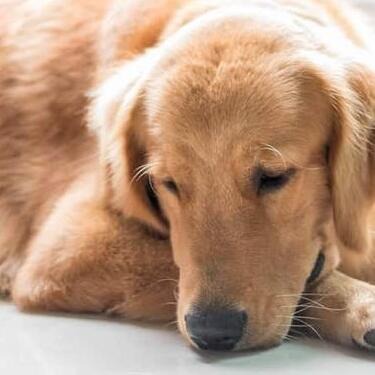
Discover how your pets might be impacted by the loss of another. Learn how to recognize their signs of grieving & how to help them cope with their loss.
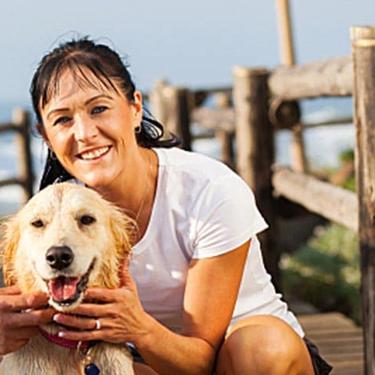
If you're struggling with the future of an empty nest as your kids go to college or move away, pets can help ease that transition.

If waggy puppy dog tails and furry kitten yawns make you swoon, you're not alone. Why are cats so cute? And, dogs too! Let's find out!
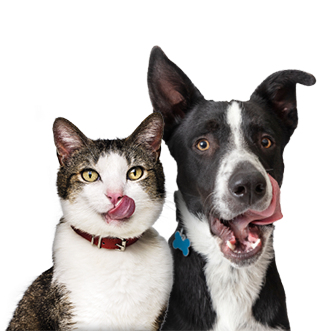
Put your pet on a diet without them knowing
Our low calorie formula helps you control your pet's weight. It's packed with high-quality protein for building lean muscles, and made with purposeful ingredients for a flavorful, nutritious meal. Clinically proven antioxidants, Vitamin C+E, help promote a healthy immune system.
Put your pet on a diet without them knowing
Our low calorie formula helps you control your pet's weight. It's packed with high-quality protein for building lean muscles, and made with purposeful ingredients for a flavorful, nutritious meal. Clinically proven antioxidants, Vitamin C+E, help promote a healthy immune system.

